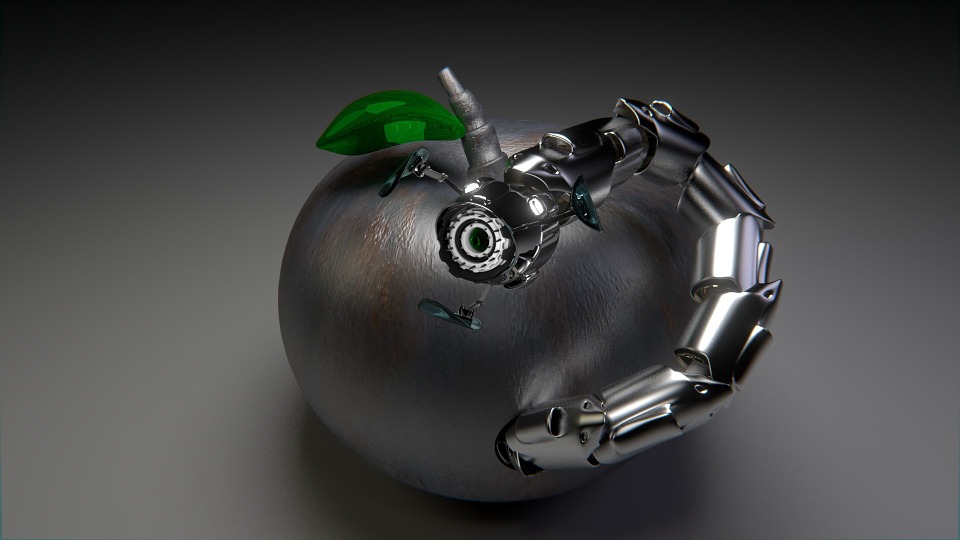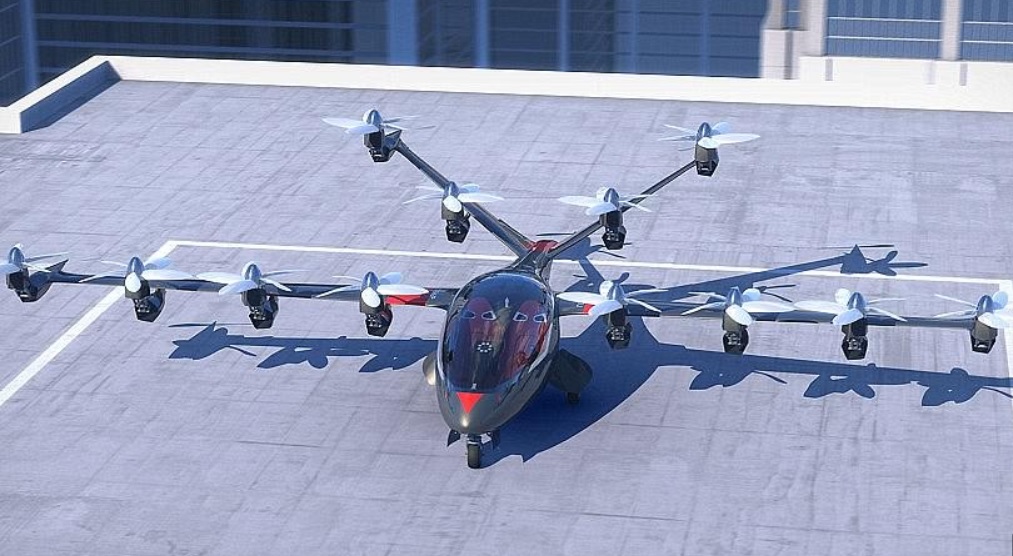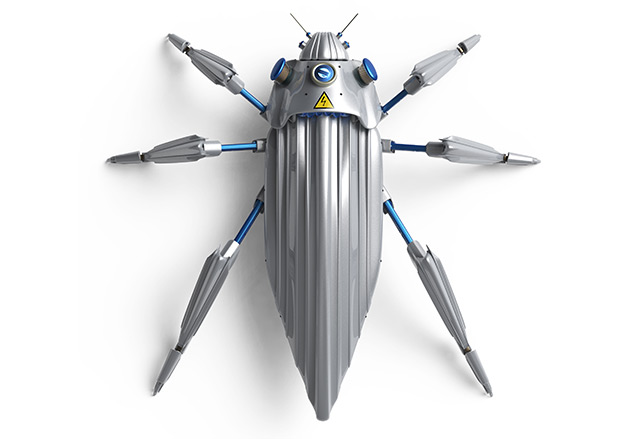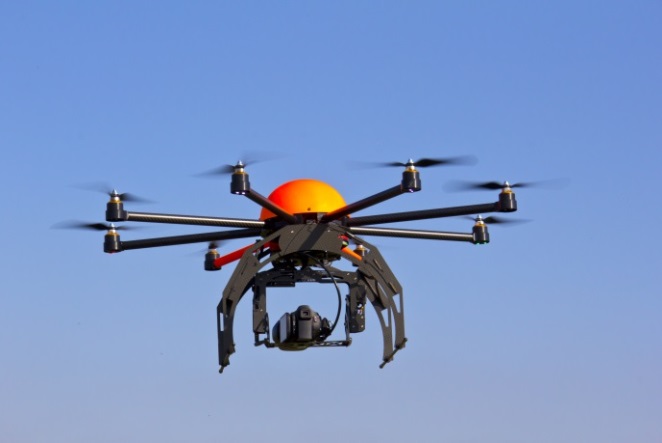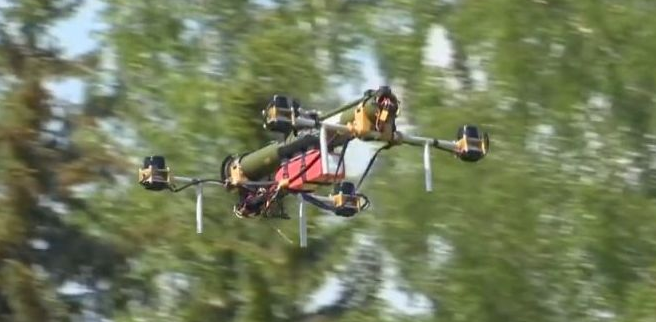Small drones need to stay aloft to do their jobs—whether it’s searching for dangerous gas leaks or remotely monitoring atmospheric conditions. But the effort can quickly drain battery power.
(Article by Jennifer Langston)
Now, scientists have created RoboBees, insect-sized flying robots that have a switchable electro-adhesive that allows them to perch on materials such glass, wood, or a leaf, using roughly 1,000 times less power than sustained flight.
“One of the biggest difficulties with building insect-sized robots is that the physics change as you go that small. A lot of technologies that have been deployed successfully on larger robots become impractical on a centimeter-sized robot,” says coauthor Sawyer Fuller, assistant professor of mechanical engineering at the University of Washington. “We take inspiration from flying insects because they’ve already found solutions for these challenges.”
A swarm of insect-sized flying robots equipped with sensors could collect detailed information about air pollution, including searching for methane leaks that are a significant source of greenhouse gas pollution. But that will require energy-saving solutions that extend current flight times.
“Many applications for small drones require them to stay in the air for extended periods,” says first author Moritz Graule, who conducted this research as a student at Harvard University. “Unfortunately, smaller drones run out of energy quickly. We want to keep them aloft longer without requiring too much additional energy.”
Mechanisms that animals use to perch, such as sticky adhesives or talons, aren’t easily adaptable to a robot that’s the size of a paper clip. So researchers turned to electrostatic adhesion—the same basic science that causes a static-charged sock to cling to a pants leg or a balloon to stick to a wall.
Described in the journal Science, the RoboBee, pioneered at the Harvard Microrobotics Lab, uses an electrode patch and a foam mount that absorbs shock.
The entire mechanism weighs 13.4 mg, bringing the total weight of the robot to about 100mg—similar to the weight of a real honeybee. The robot takes off and flies normally. When the electrode patch is supplied with a charge, it can stick to almost any surface, from glass to wood to a leaf. To detach, the power supply is simply switched off.
The patch requires about 1,000 times less power to perch than it does to hover, which can dramatically extend the operation life of the robot.
“When making robots the size of insects, simplicity and low power are always key constraints,” says senior author Robert Wood, professor of engineering and applied sciences at Harvard.
Fuller, who led the RoboBees flight experiments as a postdoctoral scholar at Harvard is now at the University of Washington mechanical engineering department and will work on animal-inspired flight control solutions that can be applied to small, unmanned or remotely operated aircraft.
“One of the things I’m focusing on is how we can start giving these insect-sized robots the ability to perceive the world and control their own flight,” he says. “Right now the robot relies on an external array of cameras and computers to fly.
“That proves that we have the necessary fabrication technology in place, but we’d like to eliminate the external cameras. With sensors onboard, the robot will be able do things like stabilize its flight, locate suitable landing sites, or follow the source of an odor plume.”
The National Science Foundation, the Wyss Institute for Biologically Inspired Engineering, and the Swiss Study Foundation funded the work.
Read more at: futurity.org

